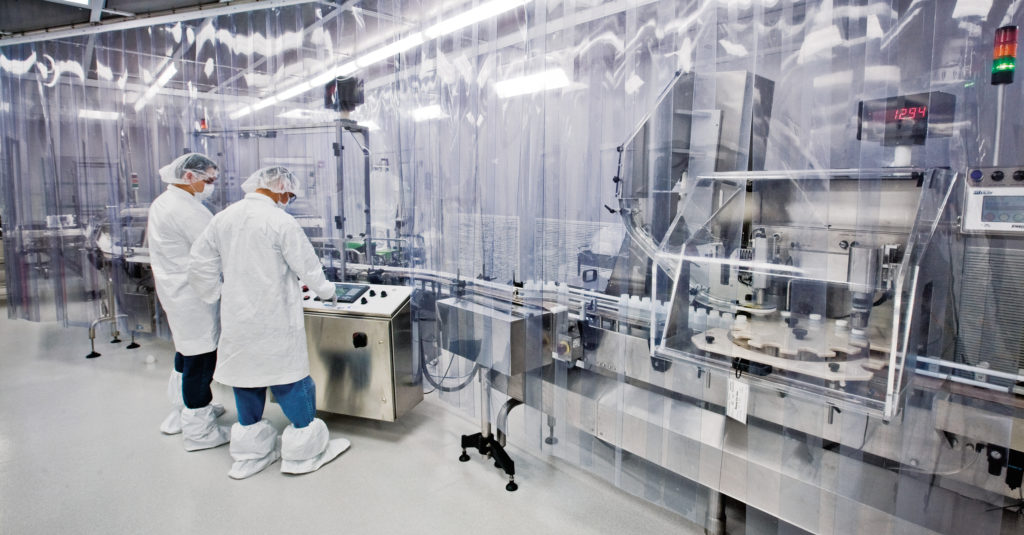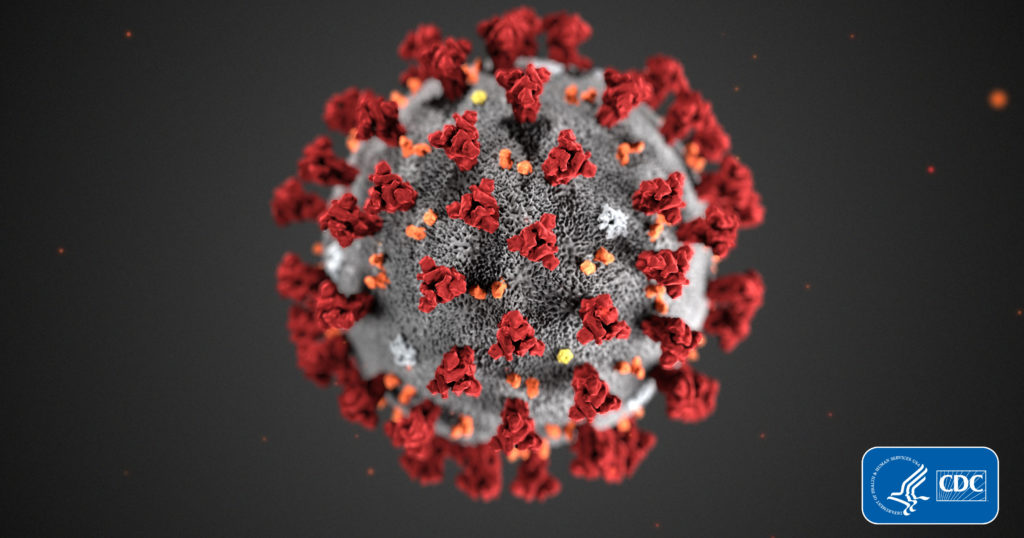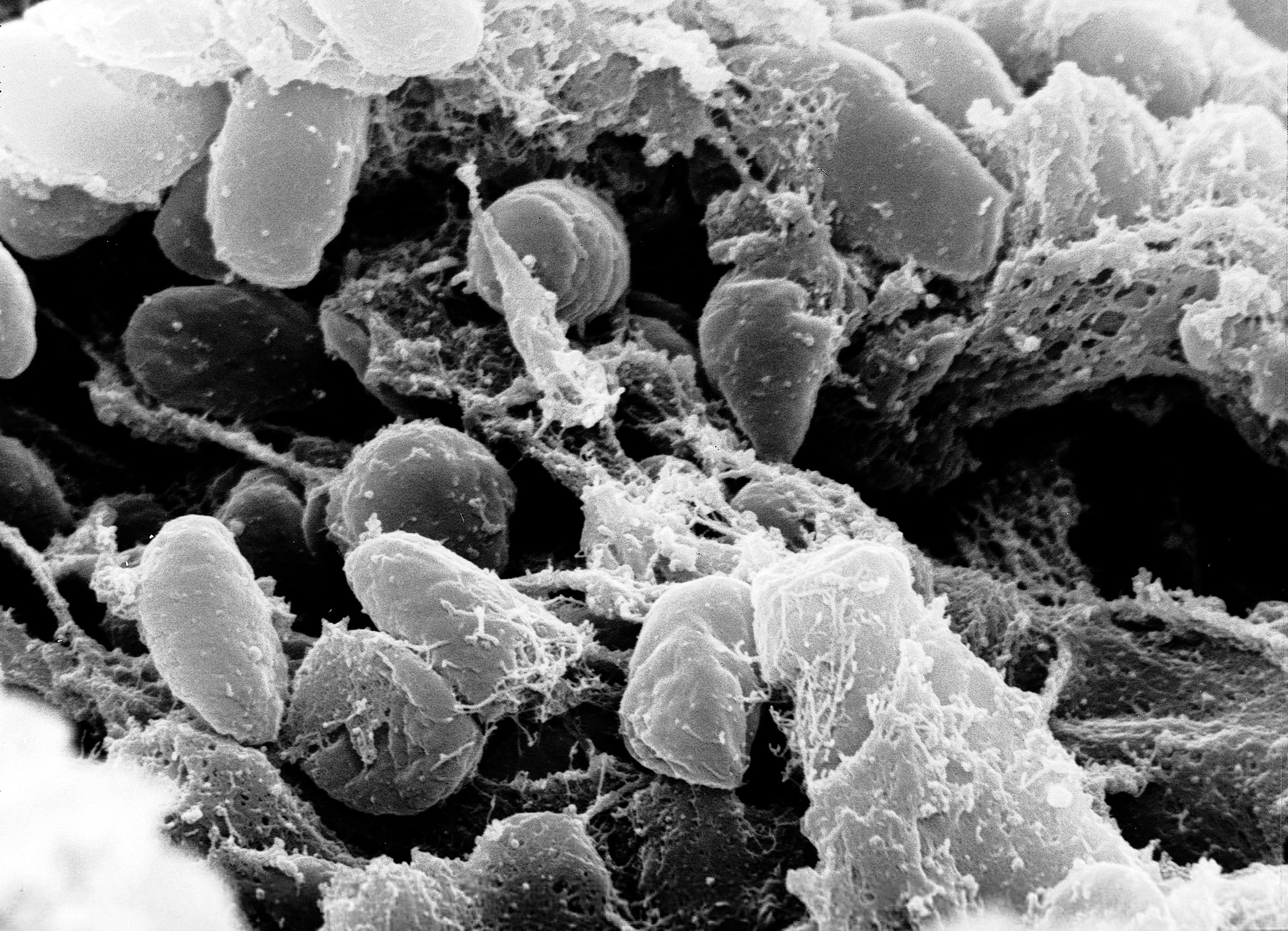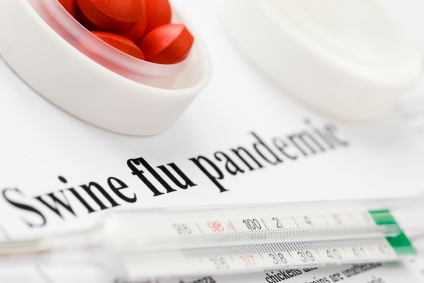This blog was written with much guidance from Jennifer Romanin, Senior Director IVD Operations and Global Service and Support, and Ron Wheeler, Senior Director, Quality Assurance and Regulatory Affairs at Promega.
A Trip Down Memory Lane
Back in the day when we all walked two miles uphill in the snow to get to our laboratories, RNA and DNA extraction were home-brew experiences. You made your own buffers, prepped your own columns and spent hours lysing cells, centrifuging samples, and collecting that fluorescing, ethidium bromide-stained band of RNA in the dark room from a tube suspended over a UV box. Just like master beer brewers tweak their protocols to produce better brews, you could tweak your methodology and become a “master isolater” of RNA. You might get mostly consistent results, but there was no guarantee that your protocol would work as well in the hands of a novice.

Enter the biotechnology companies with RNA and DNA isolation kits—kits and columns manufactured under highly controlled conditions delivering higher quality and reproducibility than your home-brew method. These systems have enabled us to design ever more sensitive downstream assays–assays that rely on high-quality input DNA and RNA, like RT-qPCR assays that can detect the presence of a specific RNA molecule on a swab containing only a few hundred cells. With these assays, contaminants from a home-brew isolation could result in false positives or false negatives or simply confused results. Reagents manufactured with pre-approved standard protocols in a highly controlled environment are critical for ultra sensitive tests and assays like the ones used to detect SARS-CoV-2 (the virus that causes COVID-19).
The Science of Manufacturing Tools for Scientists
There are several criteria that must be met if you are producing systems that will be sent to different laboratories, used by different people with variable skill sets, yet yield results that can be compared from lab to lab.
Continue reading “RNA Extraction for Clinical Testing—Do Not Try this with Home-brew”



